5 Questions to Choosing the Right Commuter Bike
It doesn’t matter what type of bike you have or how you currently ride it. When you decide to make the transition to bike commuting, you have a big decision ahead of you. What type of bike should you buy, road, mountain, hybrid, commuter, and the list goes on. Let us help you with our learnings from 3 very different city commutes, and our 5 question strategy for choosing the right commuter bike.
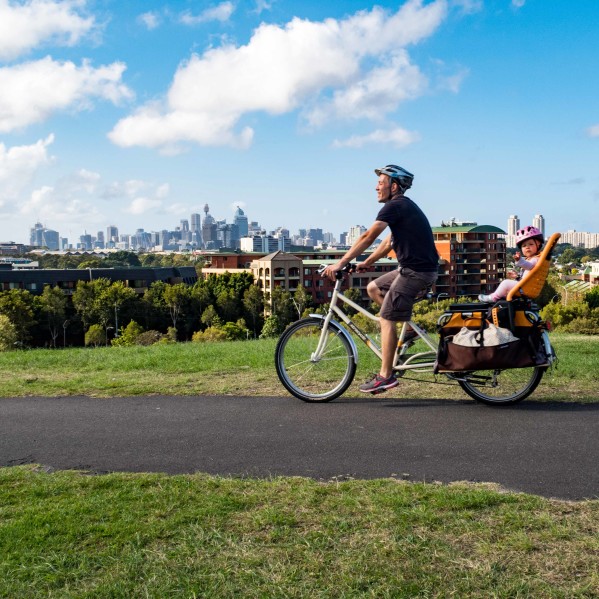
Beautiful greenways through local parks make for great commuting routes
Living in the city spoils us with respect to our daily commute! Weather permitting, our mornings consist of a short, 5K family bike ride to daycare followed by coffee and a mostly productive work day. Commuting by bike is a great way to ease into the day, but choosing the right commuter bike can be a formidable task.
I first started commuting by bike when I lived in the small, college town of Chapel Hill, NC. My daily riding was a mix of off-road trails and pavement, with medium to high traffic in many places.
Next up was Charlotte, NC, a moderately large city, trying to become bike friendly. EZ and I did a lot of bike commuting here, between work, grocery stores, and restaurants. The routes were paved, with a mix of greenway, city street, and residential routes.
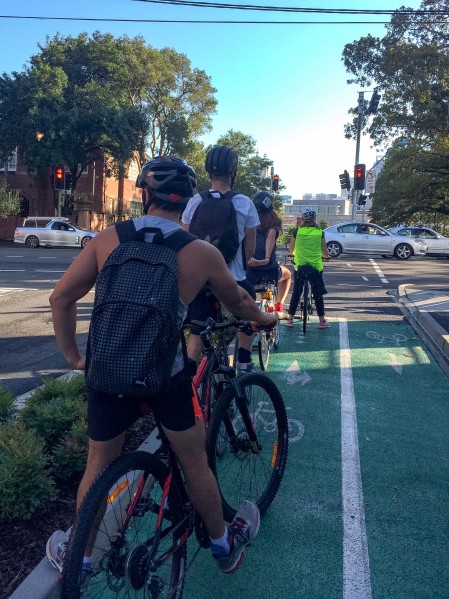
Now we live in Sydney, and with 4+ million people, we consider ourselves in the big-league of bike commuting. While Sydney is not considered bike-friendly compared to other Australian cities, it is still accommodating for cyclists. We think it is a great city for riding, with protected cycleways and back-routes, but there is almost always a bit more traffic than in our previous locations.
Our bikes throughout these commutes were old mountain-bikes, road-bikes, Trek B-Cycles (bike-share), and our current setup, an Xtracycle and a Bobbin step-through.
The bike-share offered a perfect solution when we lived in Charlotte, and our commute was barely a mile. We lived right off the rail trail that led into the city, and we didn’t have to worry about locking up or maintaining the bike. We simply grabbed a bike from the nearest bike station to our house, and dropped them off at the stations right outside our respective office buildings.
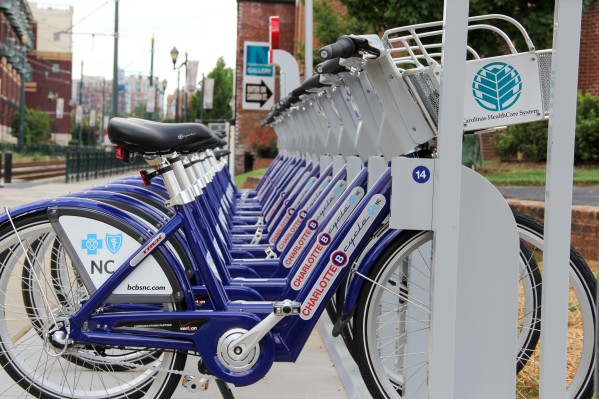
The mountain bikes provided an excellent option for riding around Chapel Hill, which offered quite a few off-road shortcuts. I had a single-speed mountain bike that was great for the trails, but terrible for the hills. Whoops.
Now I ride a long-tail cargo bike, loaded with CZ and our bags, and EZ rides a more comfortable, step-through. Both bikes have just enough gears for the moderate hills we encounter, and we are able to ride fast enough to keep up with city speeds.
And now for what you’re waiting to read, the strategy:
5 Questions for Choosing the Right Commuter Bike:
First up, make a note of the following key decision points regarding your daily commute:
How far is your commute?
Once you hit the 10 mile (16km) mark, comfort and durability become increasingly important. A bike that is comfortable for a short 3 mile ride, may start to bother your neck and back at longer distances. Additionally, you will shorten your commute time with a faster bike so you don’t have to leave home at the crack of dawn.
Understandably, cheaper bikes tend to have lower-quality components. This is fine for shorter distances and casual around-town riding, but you need something more reliable for commuting. Typically, on a mid-range component set, you should expect to replace the chain and gears (chain-rings and cassettes) every 2,000 mi at most (~3200km). The more cargo weight, wet weather, and hills that you encounter will further shorten their life.
Comfort over function < 10mi < Function and comfort
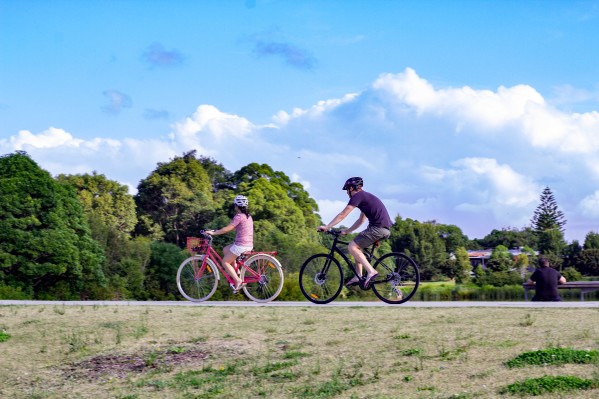
What is the terrain like?
This is equally important for bike function and tires. Suspension wastes energy if you are on pavement, and well maintained greenways pose less of a puncture risk so you may not need to spend the extra money for higher quality tires.
- Off-road trails – knobby tires and a mountain bike, and I am jealous. 🙂
- Roads – puncture-resistant, slick tires and a road, commuter, or touring bike.
- Roads & Trails – perhaps a cyclocross bike is for you, and stick with the puncture resistant tires. You may also like a mountain bike with more road friendly tires and no suspension (or perhaps just front fork suspension with a lockout)
- Paved Greenways – these tend to be flat and well maintained pavement so you you have more options on tires and comfort
- Hills – This will determine your gear requirements.
San Francisco = all the gears,
Flat rail trails and the like = single speed (less maintenance)
Light hills mean you can get by with 3 to 8 gears, depending on fitness level
Bonus tip: We use these road tires, and these are the tires on our around-town bikes.
 How much will you carry?
How much will you carry?
I take a child, laptop bag, and a few other items with me so I am very thankful to have a cargo bike. However, I also have a shorter commute so the extra weight is a non issue. A few of my colleagues in the office ride 25mi (~40km) each way, and they want to carry as little as possible on their road bikes to ride faster.
- Laptop bag / Briefcase – you can get a messenger bag or backpack and carry this on pretty much any bicycle
- The above, plus clothes and toiletries – Now you might want some cargo carrying capacity, but a comfort bike with sturdy racks will do for shorter distances. You can also add a rack to many mountain bikes, but check with the shop before you purchase the bike. If you need something with capacity and more roadworthy, I recommend a touring or commuter-specific bike.
As an aside, the commuter-specific bike is relatively new in the bicycle world, and not necessarily worth the price-tag. When choosing focus on comfort and function over branding categories. - Everything above and/or a passenger – This is where a cargo bike really shines. We love our Xtracycle, and it lets me carry groceries, EZ, CZ, and then some, AT THE SAME TIME! If you have a lot of cargo/passengers, a longer ride, or hilly terrain, you may want to consider something with electric assist. We only ride a few flat miles so I choose fitness, but there are definitely hills in the area that warrant the pedaling assistance.
Where are you locking up?
If you have a nice bike parking garage/locker at the office, where your bike is secure and protected from the elements, you have less to worry about. However, if you are locking up outside, then you need to consider frame materials, maintenance, and relative safety of the area.
- Outside – avoid steel frames because they don’t weather the elements as well, and if there are even a few bike thefts in the area, buy something cheaper, just in case. (Read this post for more information on choosing a bike lock)
Bonus tip: a folding bike may fit under your desk, and Bromptons are beautiful! - Secure indoor storage – the sky is the limit!!
Do you need access to public transport with a bike?
The Bromptons mentioned above are reliable folding bikes, that take up the space of a large briefcase with you on the train or bus. We can fit the xtracycle on the train for weekend rides, but there’s no way we could squeeze on during rush hour!
What are your favourite elements of your commuter bike? Any must-have accessories?
Pin this:
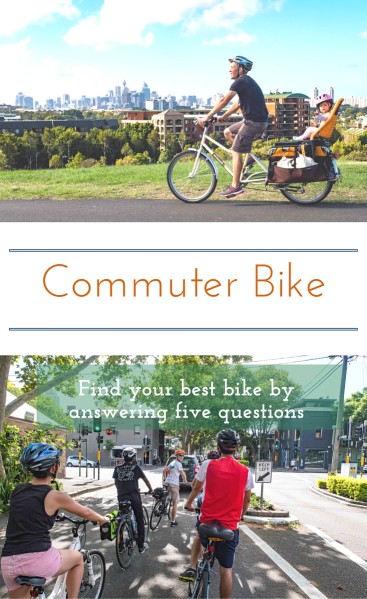
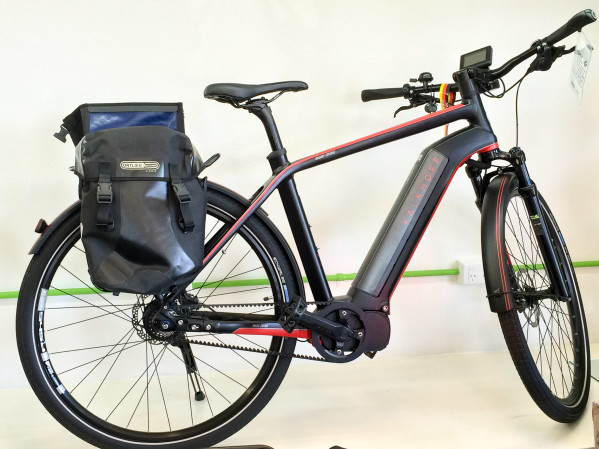

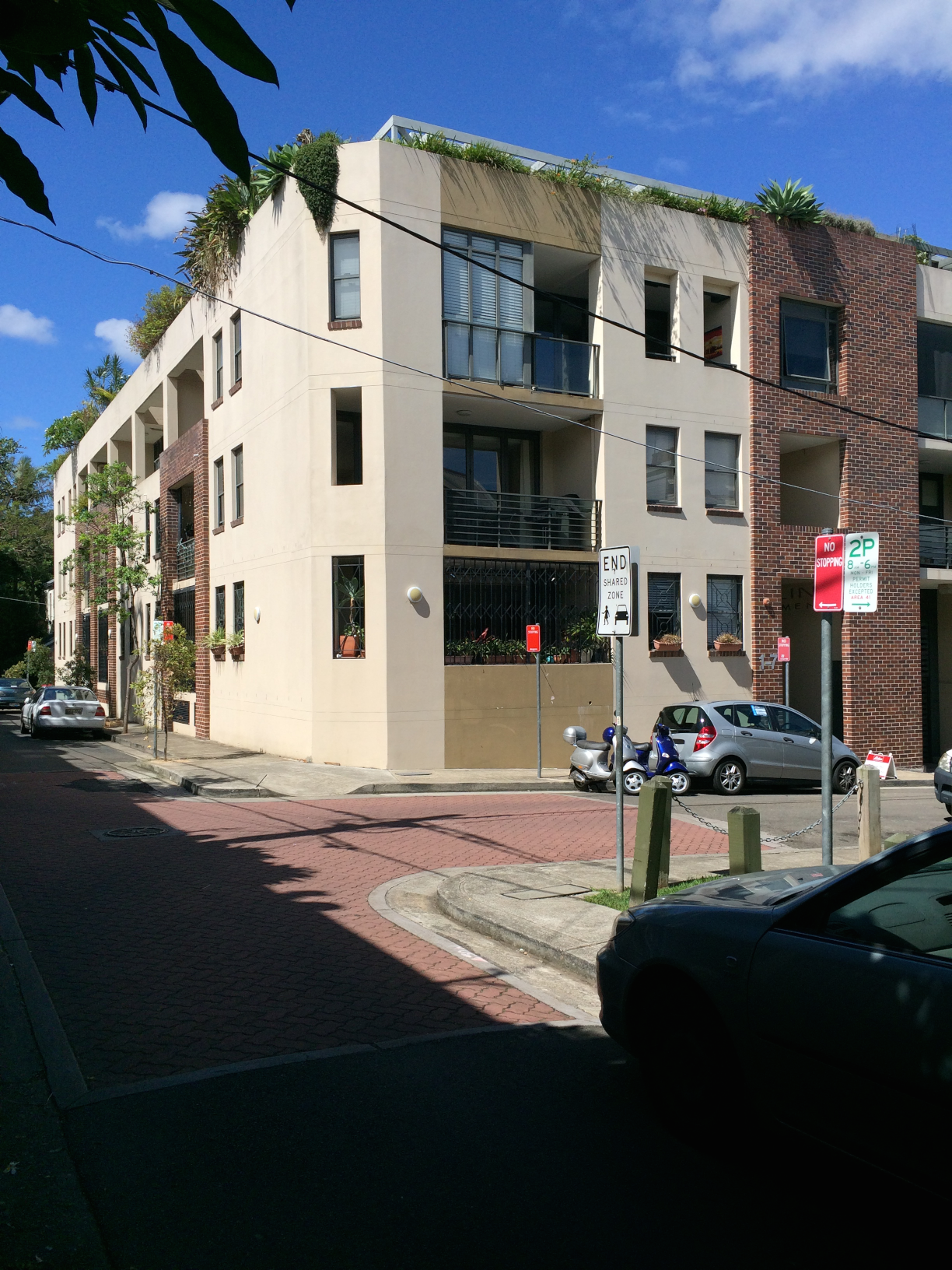
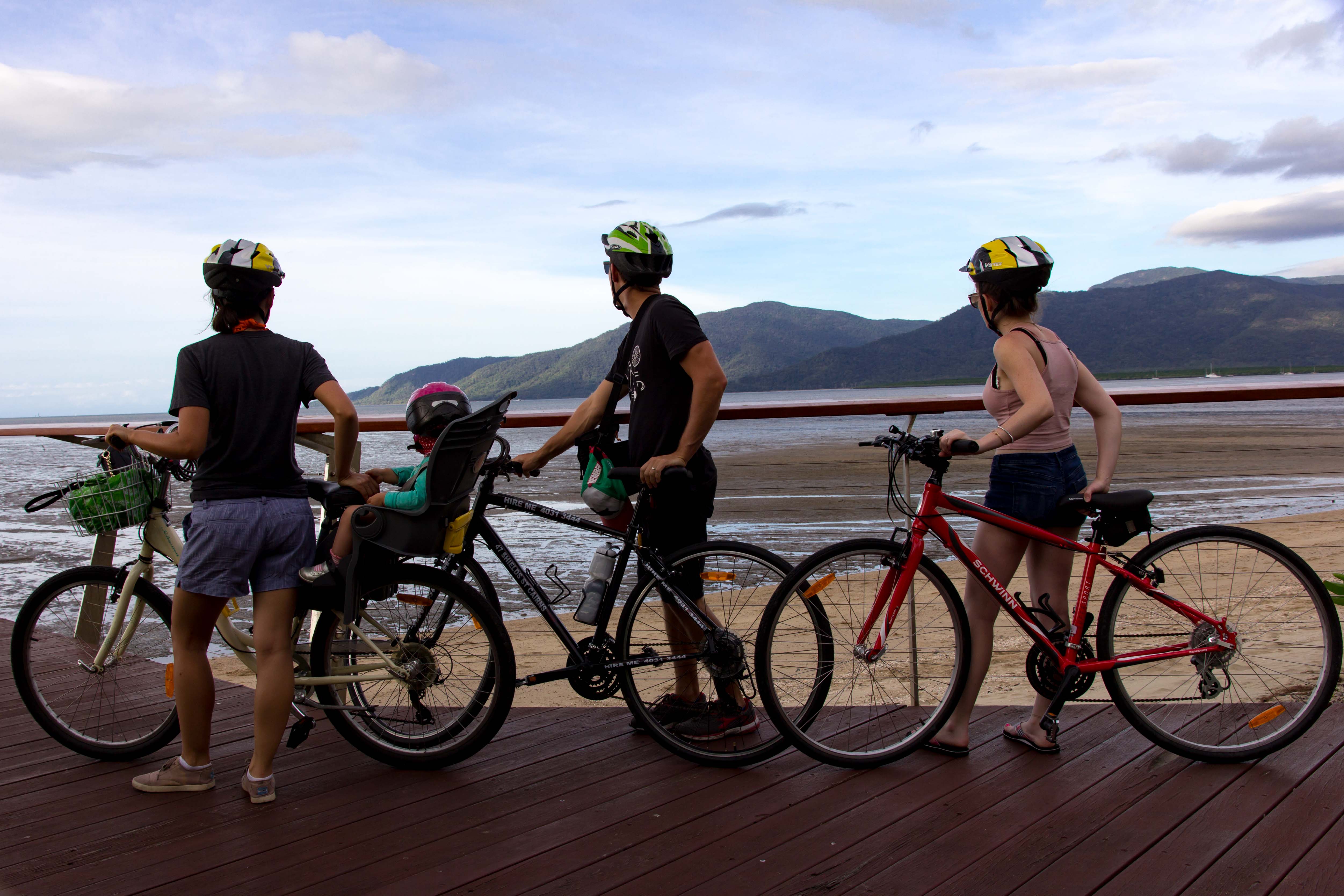

1 Response
[…] the salesperson help them choose the right type of ride, or have them read through our articles on 5 Questions to Choosing the Right Commuter Bike or The Essential Guide to Buying Your First Adult […]